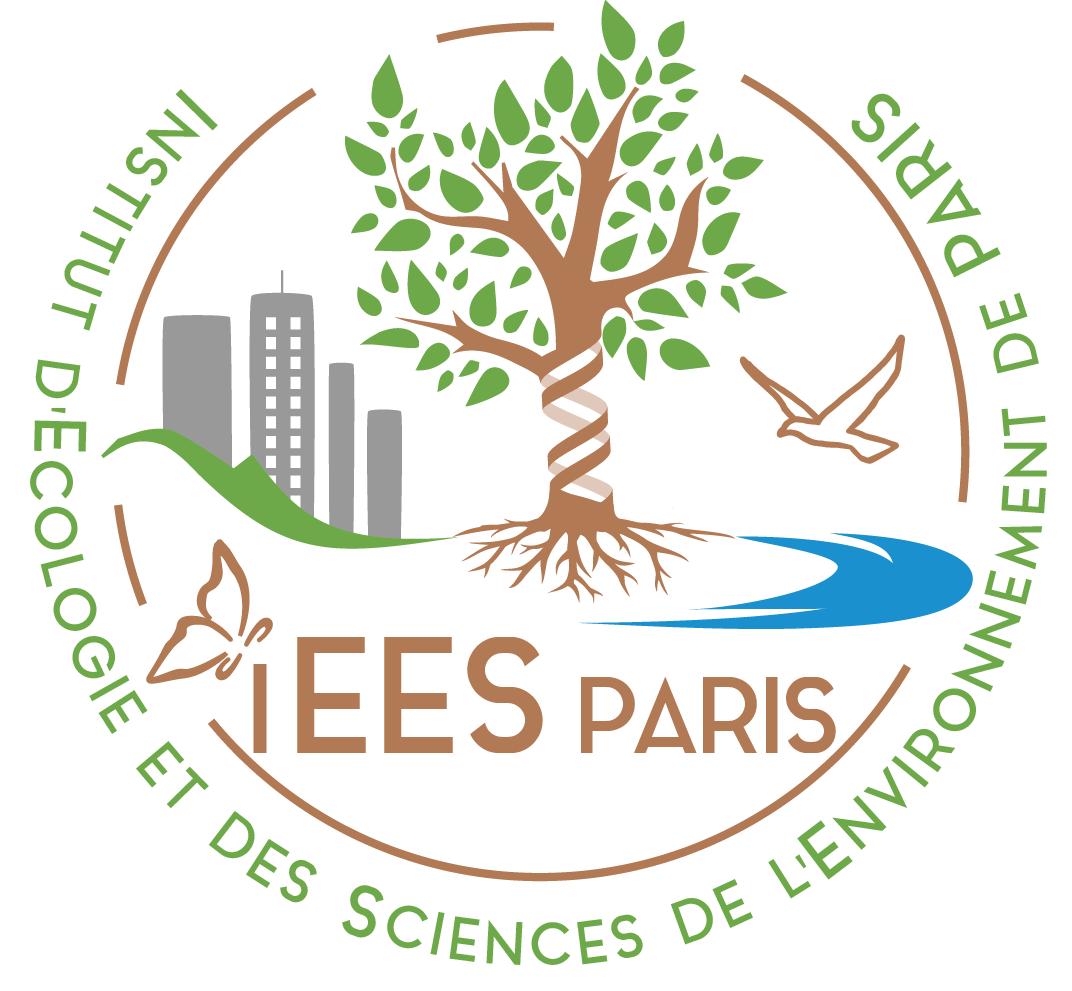Tailor-made biochar systems: Interdisciplinary evaluations of ecosystem services and farmer livelihoods in tropical agro-ecosystems
Organic matter management is key to sustain ecosystem services provided by soils. However, it is rarely considered in a holistic view, considering local resources, agro-environmental effects and harmonization with farmers’ needs. Organic inputs, like compost and biochar, could represent a sustainable solution to massive current challenges associated to the intensification of agriculture, in particular for tropical regions. In this study in the Berambadi catchment (M-TROPICS critical zone observatory in southwestern India), the authors assessed the potential of agricultural residues as a resource for farmer communities to reduce their dependency on external inputs and sustain ecosystem services. Soil quality evaluation showed that biochar alone or with compost did not improve unilaterally soils in the tropics. Many organic inputs led to an initial decrease in water-holding capacities of control soils. Responses for carbon were strongest for Ferralsols, and mostly positive for Anthroposols and Vertisols. Soil pH responses were surprisingly negative for Ferralsols and only positive if biochar was applied alone. The socio-economic evaluation showed that farmers with a stronger economical position showed greater interest towards technology like biochar, while poorer farmers showed more skepticism, which may lead to an increased economical gap within rural communities if technologies are not implemented with long-term guidance. These results advocate for an interdisciplinary evaluation of agricultural technology prior to its implementation as a development tool in the field.
The paper was published in PLoS One journal.

















